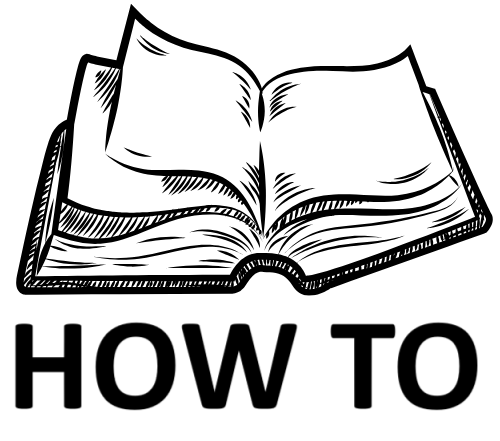Hey there! So today, we are gonna talk about something super fun and exciting. You might think it’s boring, but trust me, drawing a Force Body Diagram for a Block on a Pulley is like the coolest art project you never knew you needed. I mean, who doesn’t wanna draw some stick figures with arrows? Sounds like a party, right?
So grab your pencils and let’s dive into the magical world of forces and blocks sitting on pulleys. It’s time to unleash your inner artist. But not just any artist—a super smart one who can make sense of why stuff moves or doesn’t move!
Step 1: Gather Your Supplies
First off, you need some supplies. Duh! Grab some paper, a pencil (just one is fine), and maybe some colorful markers if you’re feeling fancy. And snacks—don’t forget snacks. Drawing is hard work and needs fuel.
Step 2: Draw the Block
Next up, you’re gonna draw the block. Yes, I said BLOCK! It looks like a rectangle or a square or whatever shape your heart desires. Just don’t get too artsy; we’re not making an abstract sculpture here!
Step 3: Add the Pulley
Now you need to draw the pulley which is nothing but a circle (kind of like a donut without filling) that’s connected to something above it, like a stick or an imaginary sky! Make sure it looks super cool because pulleys are basically hangout spots for blocks.
Step 4: Time for Forces!
This is where things get exciting! You’ve got to add arrows to show forces acting on that poor block. Draw one arrow pointing downwards for gravity ‘cause gravity loves pulling things down like your dog loves pulling on the leash when he sees another dog.
Step 5: The Tension Arrow
Now here comes the tricky part—the tension force from the string in the pulley! This arrow goes upwards (or sideways) depending on what kind of pulley situation you got going on. Think of it as superhero rescue rope trying to save the block from falling into an abyss.
Step 6: Label Everything Like It’s Hot
Don’t forget to label your drawing! Write “Gravity” next to that downward arrow (it’s not just sad about being pulled down). Put “Tension” next to that heroic arrow reaching up towards the sky like it’s doing jazz hands at a concert!
Step 7: Show Off Your Masterpiece
Finally, stand back and admire your artwork—you did it! You drew an epic Force Body Diagram that can make even Picasso jealous (okay maybe not). Snap some pics of this artwork and share them with friends until they beg you to stop.
FAQ Section
Question: Is this even important?
Answer: Heck yes! Understanding how forces work helps us with real-life stuff, like figuring out why our homework falls off our desks when we sneeze!
Question: Can I use colors?
Answer: Totally dude! Colors make everything better except traffic lights… well mostly.
Question: Do I have to understand physics?
Answer: Nope! Just pretend you’re in art class but with more mathy stuff and less paint everywhere.
Question: What if my block looks funny?
Answer: Nobody cares as long as it has arrows! Funny blocks are more relatable anyway!
Question: Can I eat snacks while drawing?
Answer: Yes!!! Snack breaks are mandatory—now go eat some chips while pondering life choices!
Question: What if I mess up?
Answer: That’s fine man; every great artist has mess-ups… look at my doodles—they’re legendary disasters!
Question: Do people actually use these diagrams in real life?
Answer: Oh absolutely! Engineers love this stuff; they probably have them hanging up in their homes like family portraits!
And there you have it folks—the not-so-serious guide to drawing a Force Body Diagram for a Block on a Pulley. Now go forth and create diagrams that will shake the very foundations of physics—or at least give someone giggles at school tomorrow.

Leave a Reply